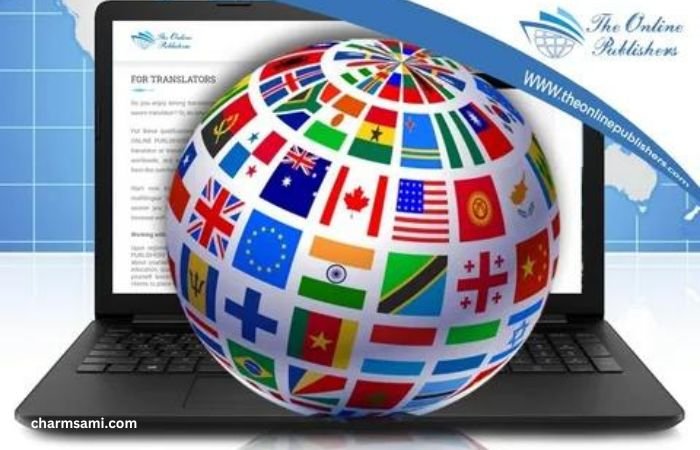
Käöäntäjä in our increasingly globalized world, translators play a pivotal role in bridging communication gaps between different languages and cultures. But what exactly is a translator, and why are they so essential? Professional translators typically have formal education and training in translation. They work for translation agencies, corporations, or as in-house translators. Their expertise ensures high accuracy and cultural appropriateness.
Freelance Translators
Freelance käöäntäjä operate independently, often working with multiple clients across various industries. They offer flexibility and can often specialize in niche areas. Software-based translators include programs installed on computers or devices. Examples include SDL Trados and memo, which assist human translators by providing translation memory and terminology databases.
Online Translation Tools
Online tools like Google Translate and Deeply are accessible via the internet and provide instant translations. These tools are continuously improving with advancements in artificial intelligence. Human translators start by analyzing the source text to understand its context, tone, and nuances. This step is crucial for ensuring an accurate translation.
Translation and Editing
The translator then converts the text into the target Käöäntäjä language, followed by a thorough editing process to refine the translation and correct any errors. Machine translators rely on complex algorithms and AI to process and translate text. These systems are trained on vast amounts of multilingual data to improve their accuracy.
Translation Accuracy
While machine translation Käöäntäjä has come a long way, it still struggles with context and nuance, often requiring human review for important documents. Human translators excel in understanding context, tone, and cultural nuances, ensuring the translation is accurate and appropriate.
Cultural Sensitivity
They are adept at recognizing and respecting cultural differences, which is essential for effective communication. Human translators can handle complex and specialized texts, adapting their translations to fit the specific requirements of the content.
Advantages of Machine Translators
Machine translators provide almost instant translations, making them highly convenient for quick and informal communication. They are generally more affordable than human translators, especially for large volumes of text. Machine translators are readily available online and can be accessed by anyone with an internet connection.
Limitations of Human Translators
Human translation is a meticulous process that takes time, especially for lengthy documents. Professional human translators charge higher rates compared to machine translation tools, reflecting their expertise and the quality of their work.
Limited Availability
There is a limited number of qualified human translators, particularly for less common languages and specialized fields. Machine translators often miss the subtle nuances of language, leading to less accurate translations. Without human oversight, machine translations can contain significant errors, especially in idiomatic expressions and complex sentences.
Cultural Insensitivity
Machines can struggle with cultural nuances, sometimes resulting in translations that are inappropriate or offensive. When choosing between human and machine translators, consider the importance of accuracy, context, and cultural sensitivity.
Balancing Cost and Quality
Assess your budget and the critical nature of the text. For important documents, investing in a human translator may be worth the cost. Machine translators are ideal for quick, informal translations, while human translators are better suited for official documents, creative content, and culturally sensitive material.
The Future of Translation
AI and machine learning continue to improve, käöäntäjä the accuracy and functionality of machine translators. Despite technological advances, human translators will remain essential for their ability to understand and convey complex and nuanced information.
Future translation solutions may combine the strengths of both human and machine translators, providing high-quality, efficient translations.
FAQs About käöäntäjä
What is the difference between a translator and an interpreter?
A translator works with written text, converting it from one language to another, while an interpreter translates spoken language in real-time.
How accurate are machine translators compared to human translators?
Machine translators have improved significantly but still lack the contextual understanding and cultural sensitivity that human translators provide.
Can machine translators handle idiomatic expressions?
Machine translators often struggle with idiomatic expressions, leading to literal translations that can be confusing or incorrect.
What are the best practices for working with a human translator?
Provide clear instructions, context, and any necessary reference materials. Open communication and feedback ensure the best results.
Are there any free translation tools that are reliable?
Free tools like Google Translate and DeepL are reliable for casual use but may require human review for important or complex texts
Conclusion
käöäntäjä, both human and machine, are indispensable in our interconnected world. Each has its unique advantages and limitations, and the best choice depends on the specific needs of the task at hand. As technology evolves, the collaboration between human and machine translators promises to enhance global communication further.